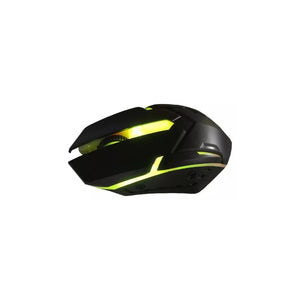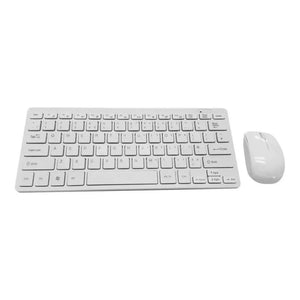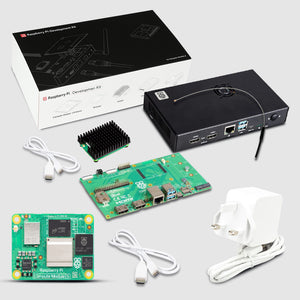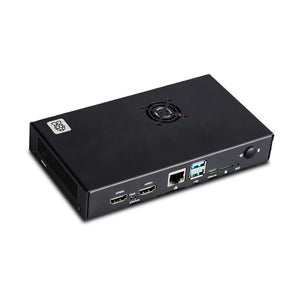The PiFinger made its formal debut in the market with the 2D capacitive fingerprint sensor. It is the first-ever fingerprint HAT for Raspberry Pi that makes it unique among other products. PiFinger has a unique design with high accuracy that can increase the efficiency of the user. SB Components developed PiFinger incredibly with powerful components and features.
PiFinger is powered by the onboard Nuvoton MCU with an on-chip crypto-accelerator, Cortex-M23 TrustZone, and XOM facilities which makes it powerful to perform the task efficiently. Nuvoton MCU also works as an interface IC and control unit on the board of PiFinger. It can be interfaced with commands over the UART protocol with the Baud rate 115200 bps or USB 2.0 full speed.
Specification of PiFinger | Fingerprint HAT for Raspberry Pi
PiFinger is powered by an onboard Nuvoton MCU with an on-chip crypto-accelerator, Cortex-M23 TrustZone, and X`OM facilities. Nuvoton MCU also works as an interface IC and control unit on the board of PiFinger that provides accuracy with power simultaneously. You get UART protocol with the Baud rate 115200 bps or USB 2.0 full speed for the communication. It has an OLED display of 0.91” and has a storage capacity of 24 fingerprints. PiFinger consists of a 40 pin GPIO header and LED indicators. The matching mode of the PiFinger is 1:1; 1:N.
The sensor of PiFinger has the 2D capacitive Fingerprint area sensor with a sensor array of 176x176 pixels. It has a 508 DPI spatial resolution with an 8-bit pixel value/256 gray level that raises the quality of PiFinger. The sensor communicates with the board of PiFinger from the High-speed SPI interface. It has an Image capture speed up to 2MP/sec and consists of the 8.8mm x 8.8 mm active sensing area. The image ratio of length to width is 1:1. If we look at the ESD protection then it is +/- 15kV(Air mode).
PiFinger comprises of High-speed Processor, a High-performance fingerprint algorithm, and a Flash chip that increases its efficiency. PiFinger consists of a sensor that is based on capacitive coupling. It can detect and measure anything that is conductive or has a dielectric, different from the air. The sensor has a hardened surface and enhanced ESD immunity. PiFinger is programmed to compare and register at most 24 fingerprints as well as recognition algorithms for fingerprint comparison. It works with high accuracy because of the high comparison speed that enhances the quality of work.
Board Specification
- Sensor - Capacitive Chip Sensor
- Active sensing area - 8.8 x 8.8 mm
- Scanning speed - 25 Frame/ sec
- Image resolution - 508dpi
- Gray level - 8 bits/pixel, max 256 gray scales
- Image ratio to width - 1:1
- Interface - UART / USB
- Power - DC 3V±10%(Standby:45mA, Matching duration: 470 mA)
- Operating Temperature - (20 ~ 60 ℃)
- Operating humidity - 0 ~ 90% Non-Condense
- Matching Mode - 1:1; 1:N
- Matching speed - < 0.3 sec
- Enrollment time - < 0.2 sec
- FRR(False Rejection Rate) - <0.1% ( Security Level, 3)
- FAR(False Acceptance Rate) - < 0.001%(Security level, 3)
- Sensor Coating surface color - Black Matte
- Sensor Coating RCA @175 g - >700 cycles
Sensor Specification
- Dimensions - 13.75 x 12.65 x 1.95 mm
- Dimensions ( sensor ) - 9.6 x 9.4 mm
- ESD ( IEC61000-4-2, level X, air discharge ) - ±15 kV
- Operating temperature - (-20 ~ 80 ℃)
- Extended humidity range < 90 %
- Operating voltage range - 2.7~3.3 V
- IO pin voltage range - 1.8~3.3 V
- Normal mode current - 2 mA
- Stand-by mode current - 20 uA Interface SPI
Features








